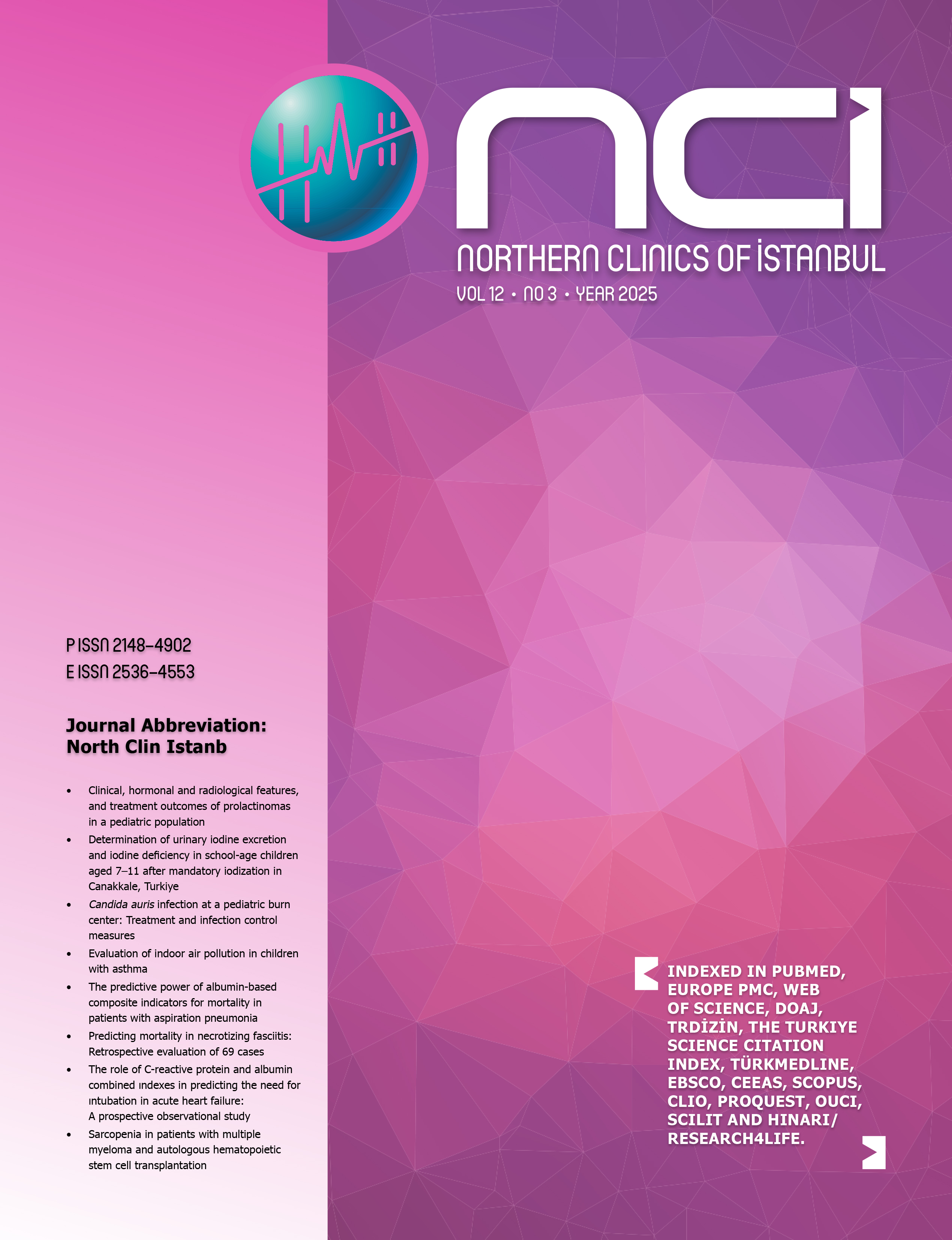Intubation bundle: A prospective observational tertiary cancer centre study of clinical practice and adverse events of tracheal intubation out of operation theatre
Divya V. Gladston1, Viji S. Pillai1, Jagathnath Krishna K. M.21Department of Anaesthesiology, Regional Cancer Centre, Trivandrum, Kerala, India2Department of Cancer Epidemiology and Biostatistics, Regional Cancer Centre, Trivandrum, Kerala, India
Objective: Tracheal intubation out-of-operation theatre has a higher risk than intubation inside the theatre, and studies on this topic are sparse. Safety interventions during tracheal intubation can reduce adverse events. This study aims to assess current practices, compliance with tracheal intubation bundle guidelines, and the incidence of adverse events during out-of-operating-theatre intubations in our hospital.
Methods: A prospective observational study was conducted over a 6-month period on all tracheal intubations occurring outside the operating theatre. Data were collected through discussions with the anaesthesia duty team and review of hospital records, using a standardized proforma based on intubation bundle guidelines and adverse events. The variables were summarized using counts and percentages.
Results: Thirty-two patients required out-of-operating-theatre tracheal intubation, with the most common indication being respiratory failure in 13 (40.6%) cases. Airway assessment was performed in 21 (65.6%) cases, and nil per oral status was confirmed in 26 (81.3%) cases. Role planning by the team leader occurred in 27 (84.4%) cases. Fluid loading was administered in 24 (75%) cases, Ryles tube aspiration in 29 (90.6%) cases, and pre-oxygenation in 30 (93.8%) cases. Rapid sequence induction was used in 26 (81.3%) cases, with first-attempt endotracheal tube placement in 22 (68.8%) cases, aided by a stylet in 21 (65.6%) cases. Capnography was not used in 29 (90.6%) cases to confirm intubation. Alternative airway securing methods (supraglottic airway) were present in 29 (90.6%) cases. Overall, 13 patients (40.6%) experienced adverse events during tracheal intubation.
Conclusion: Adverse airway events can be decreased by adhering to the intubation bundle, and staff training should be provided for effective implementation of guidelines. The use of a stylet as an intubation aid helps achieve successful first-attempt intubation and should be incorporated into the bundle. Capnography should be routinely used to confirm endotracheal tube placement.
Manuscript Language: English





















